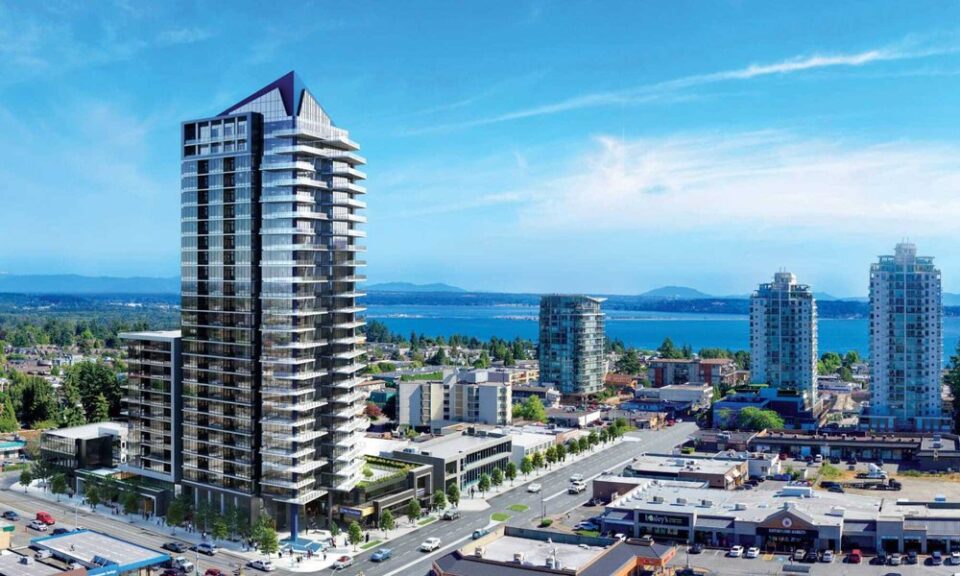Condo ownership comes with various legal documents that govern community living and property management. Two crucial documents that frequently confuse new condominium owners are declarations and bylaws. While both establish rules for the community, they serve distinctly different purposes and carry different legal weights. Prestigious developments like promenade-peaks.com.sg operate under these important governing documents that shape everyday experiences of residents and define the community structure.
Core foundation differences
A declaration serves as the constitutional document of the condominium development. Created by the original developer, this legal document establishes the condominium property and outlines fundamental aspects of ownership. It defines common elements versus individual units, establishes ownership percentages, and creates the legal framework for the entire community. Bylaws function more like operational guidelines, determining how the condominium community governs itself. These documents outline voting procedures, board member qualifications, meeting requirements, and management practices.
While declarations establish what makes up the condominium property, bylaws dictate how decisions about that property will be made and who makes them. The amendment process for these documents reflects their hierarchical importance. Declarations typically require higher voting thresholds—often 75-80% owner approval—making them more challenging to change. Bylaws usually need a simpler majority vote, allowing communities to adapt operational procedures more readily than fundamental property structures.
Legal power variations
Declarations carry significant legal authority because they:
- Create property rights that are recorded with local land records
- Establish ownership boundaries between private and shared areas
- Define maintenance responsibilities between the association and the owners
- Set permanent architectural controls and usage restrictions
- Outline assessment obligations and collection methods
Bylaws contain procedural rules that focus primarily on governance mechanics. They typically detail board election procedures, meeting requirements, committee structures, and administrative functions. While declarations establish what can or cannot be done with the property, bylaws explain who makes those decisions and how they’re implemented. When conflicts arise between these documents, declarations almost always prevail. Courts generally recognise declarations as having higher authority because they’re directly tied to property rights and recorded with government agencies. This hierarchy becomes crucial when resolving disputes about community rules or ownership responsibilities.
Daily life impacts
Declarations affect physical aspects of condo living, including:
- Unit boundary definitions and ownership rights
- Use restrictions for both private units and common areas
- Pet policies and rental allowances
- Maintenance responsibilities division
- Insurance requirements for the property
Bylaws influence the community’s social and administrative functioning. They determine how board meetings operate, establish communication protocols between management and owners, create committee structures, and outline enforcement procedures for rule violations. These governance details shape how efficiently the community addresses problems and implements solutions.
Modification challenges
Changing declarations requires substantial community consensus, often necessitating supermajority approval and possibly even mortgage holder consent. This high threshold protects fundamental property rights from frequent or casual alterations that could negatively impact owners’ investments. Bylaws modifications follow a more streamlined process, allowing communities to evolve operational procedures as needs change. Board elections, meeting procedures, and administrative processes can adapt more readily to the community’s changing requirements without disturbing the fundamental property structure. Understanding the relationship between these documents helps owners participate effectively in community governance. When purchasing a condominium, carefully reviewing declarations and bylaws provides insight into current community operations and future flexibility and constraints.
Condo declarations and bylaws work together to create a functioning community framework, with declarations establishing the foundational structure while bylaws provide the operational mechanics. Both documents are essential in maintaining property values and ensuring harmonious community living within condominium developments.

